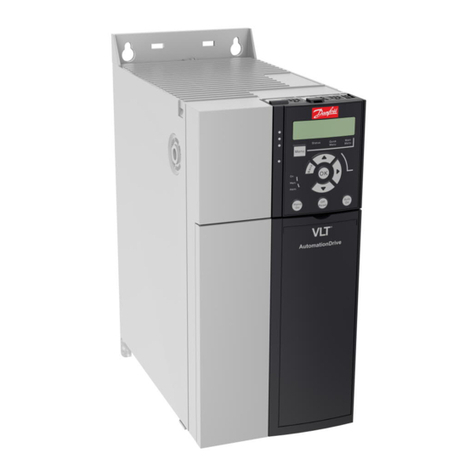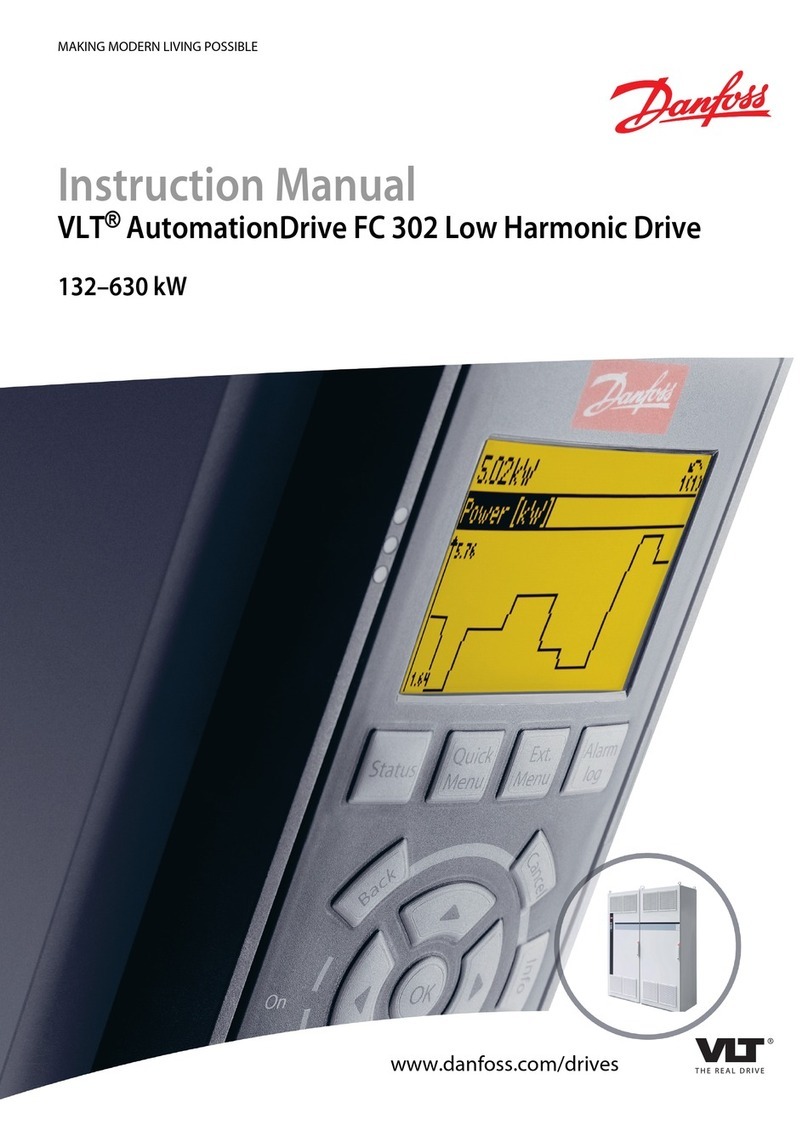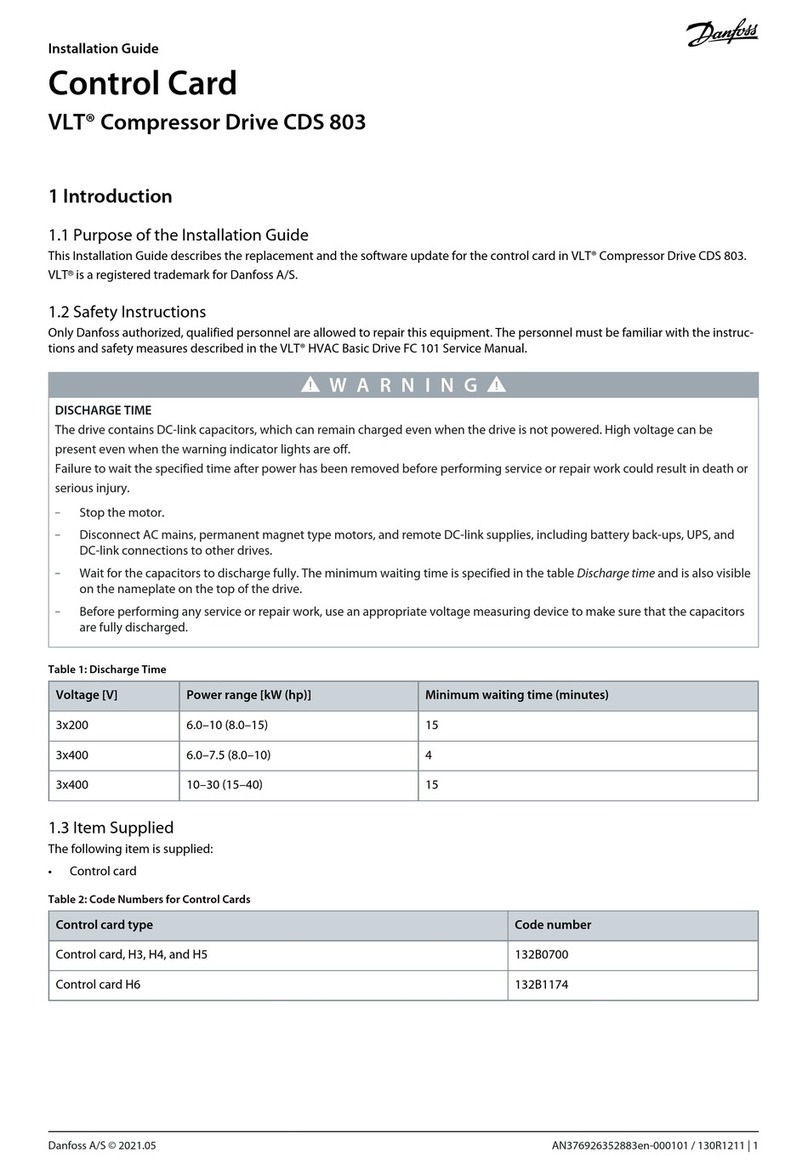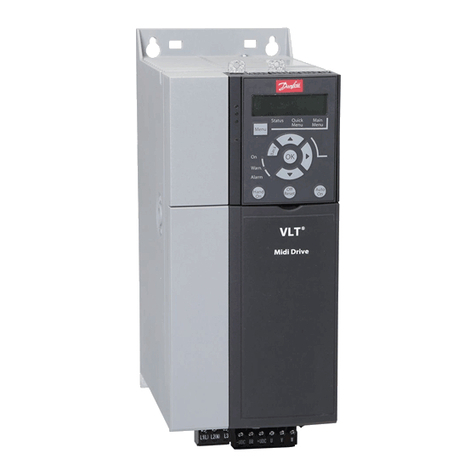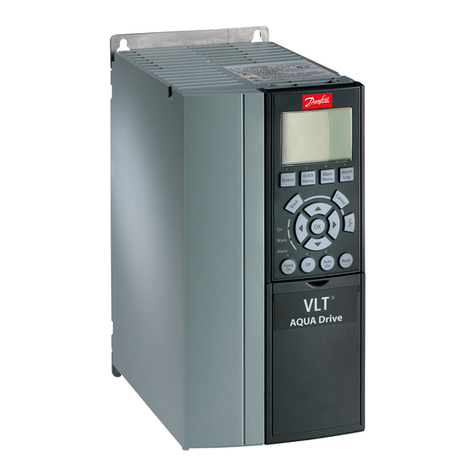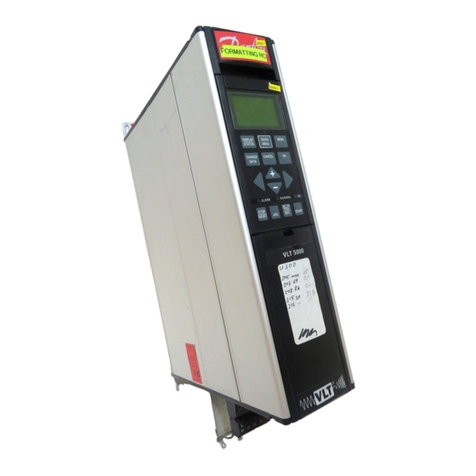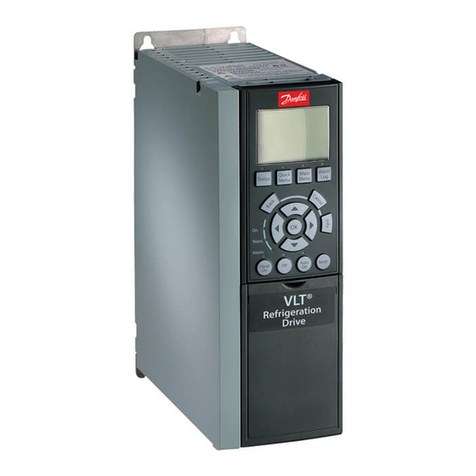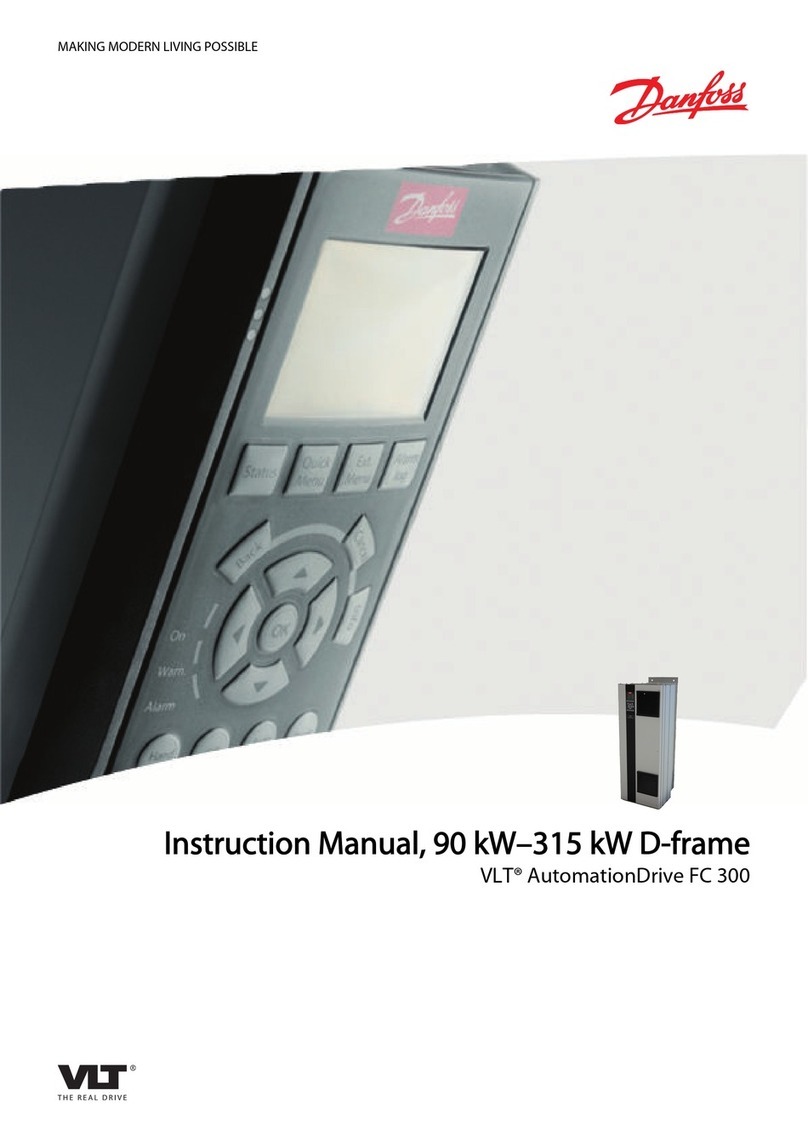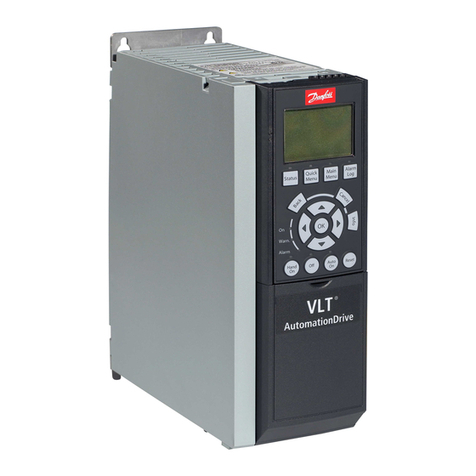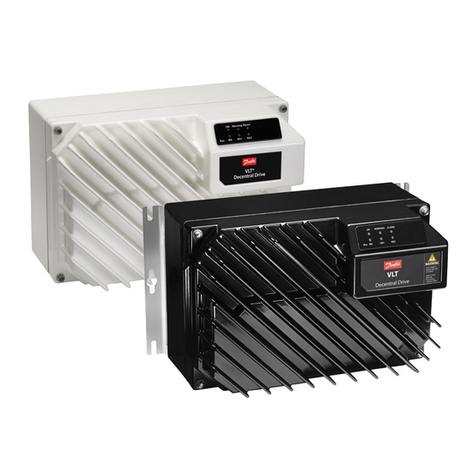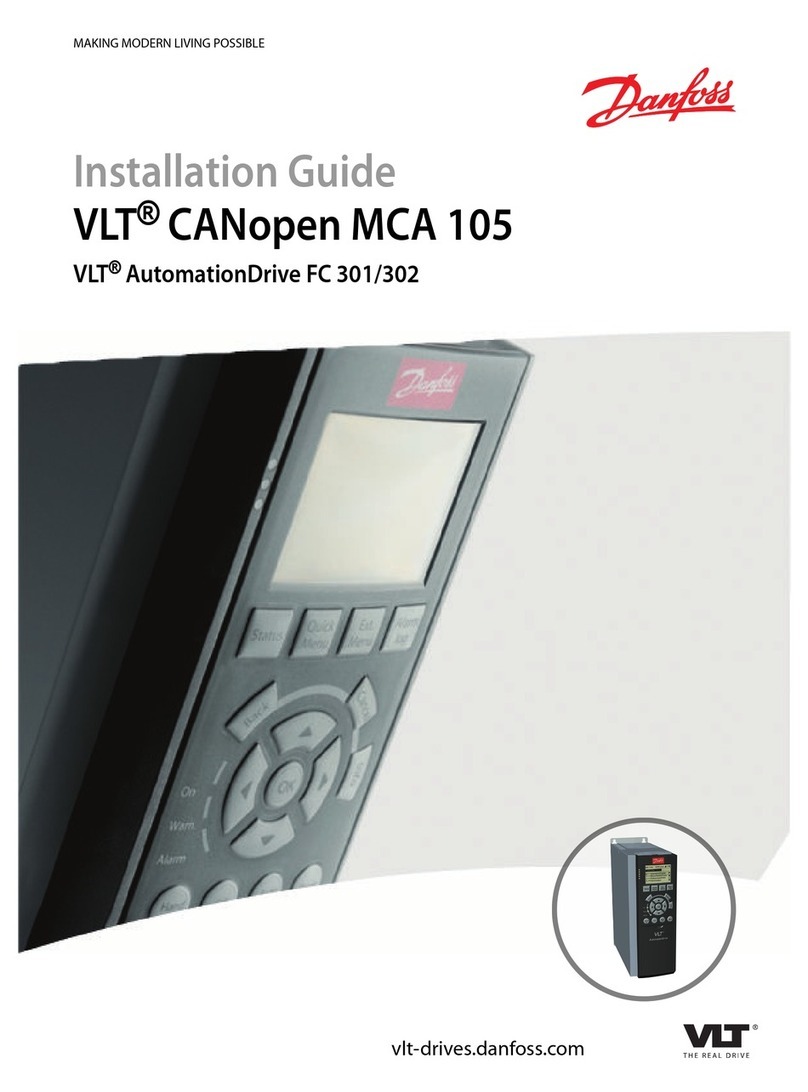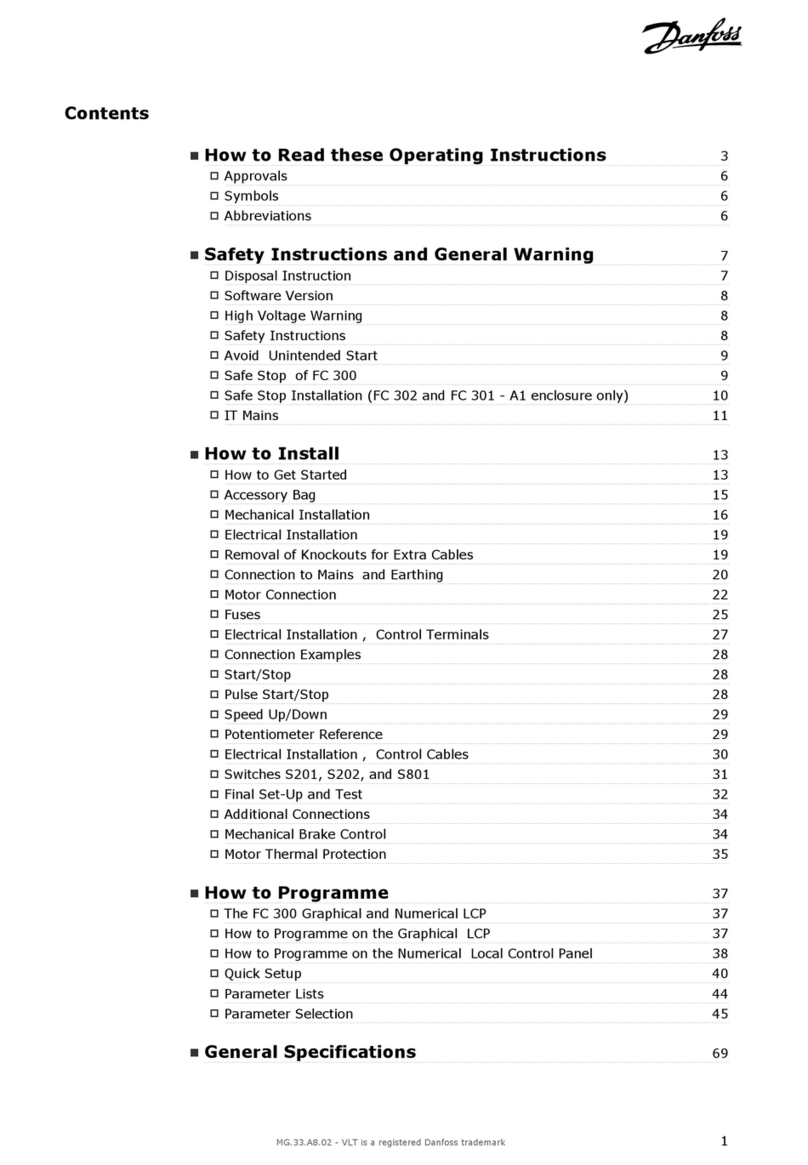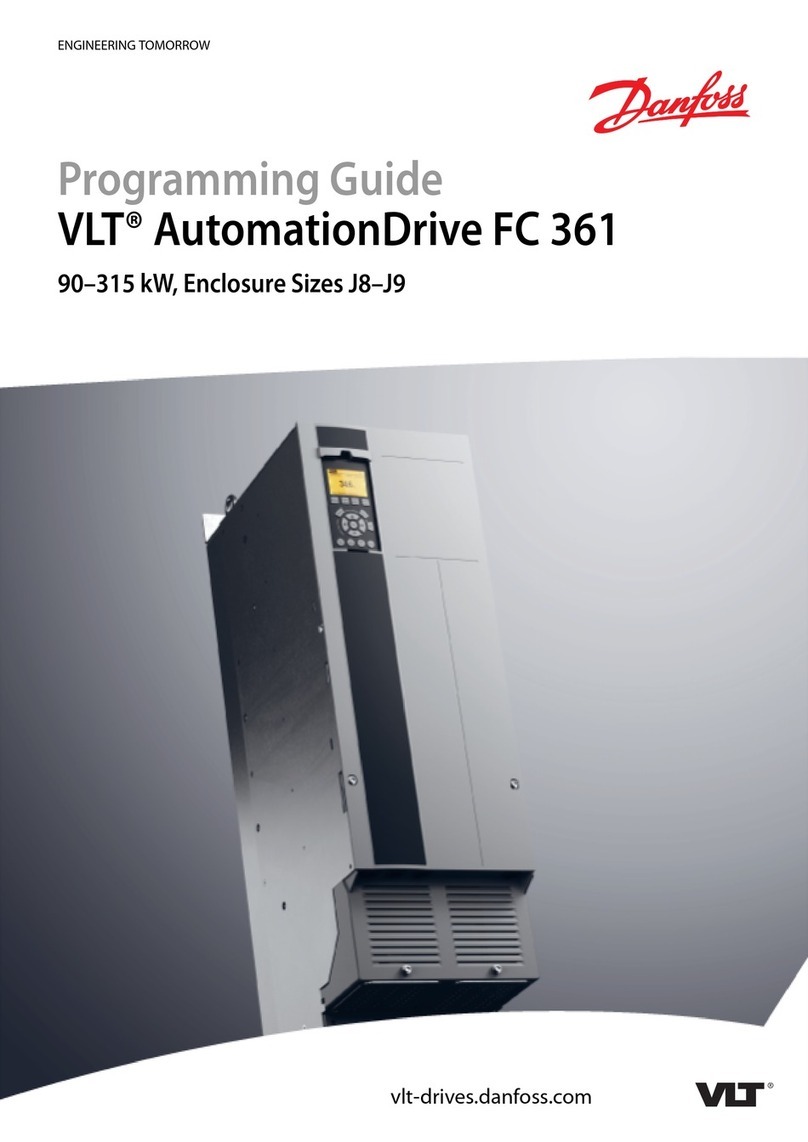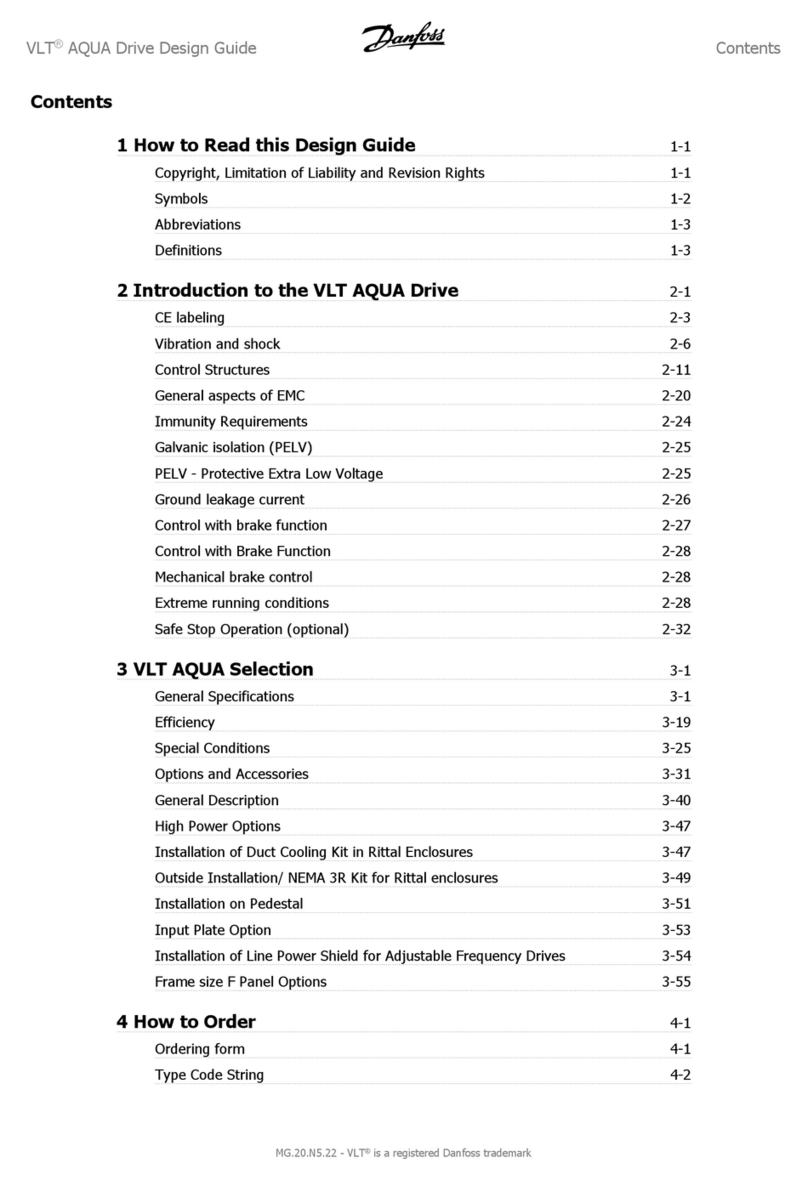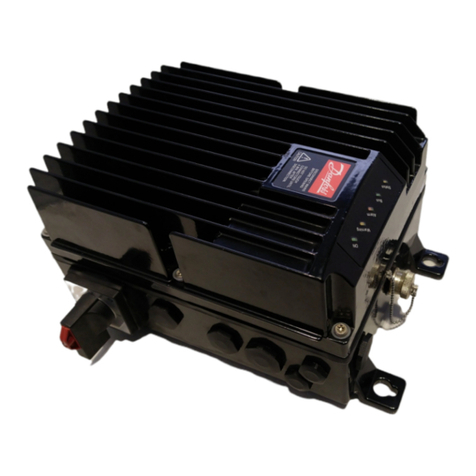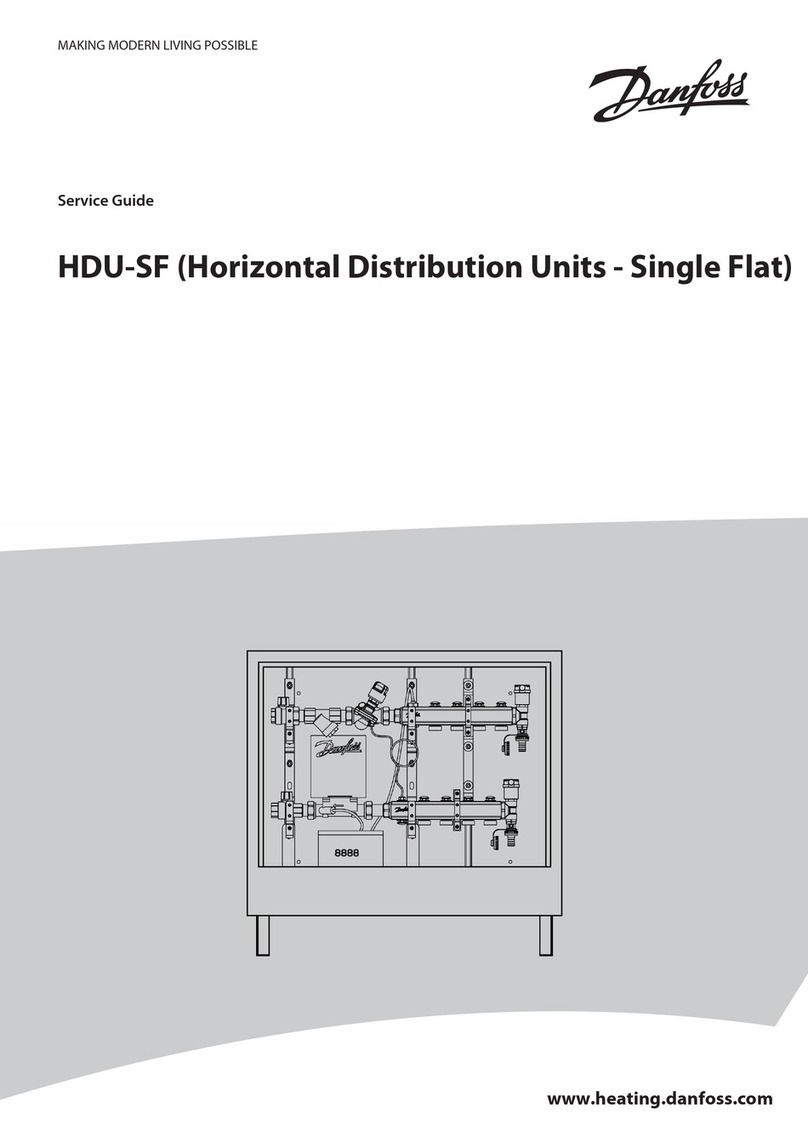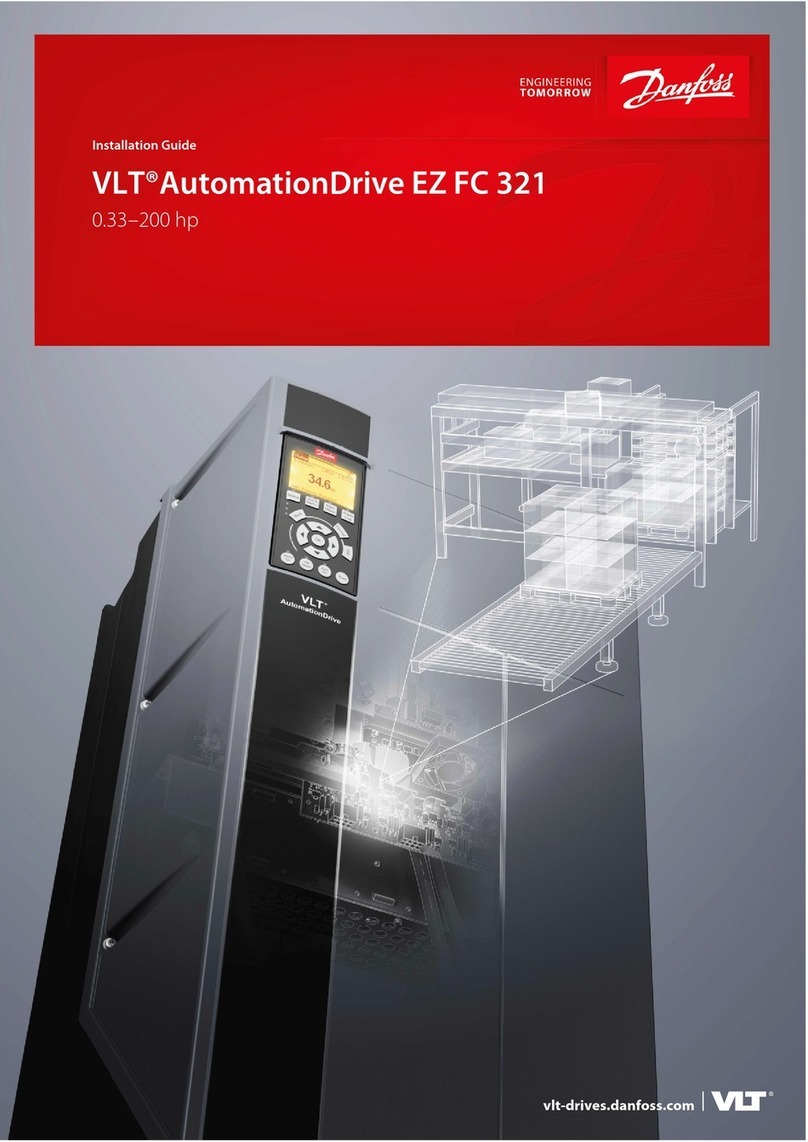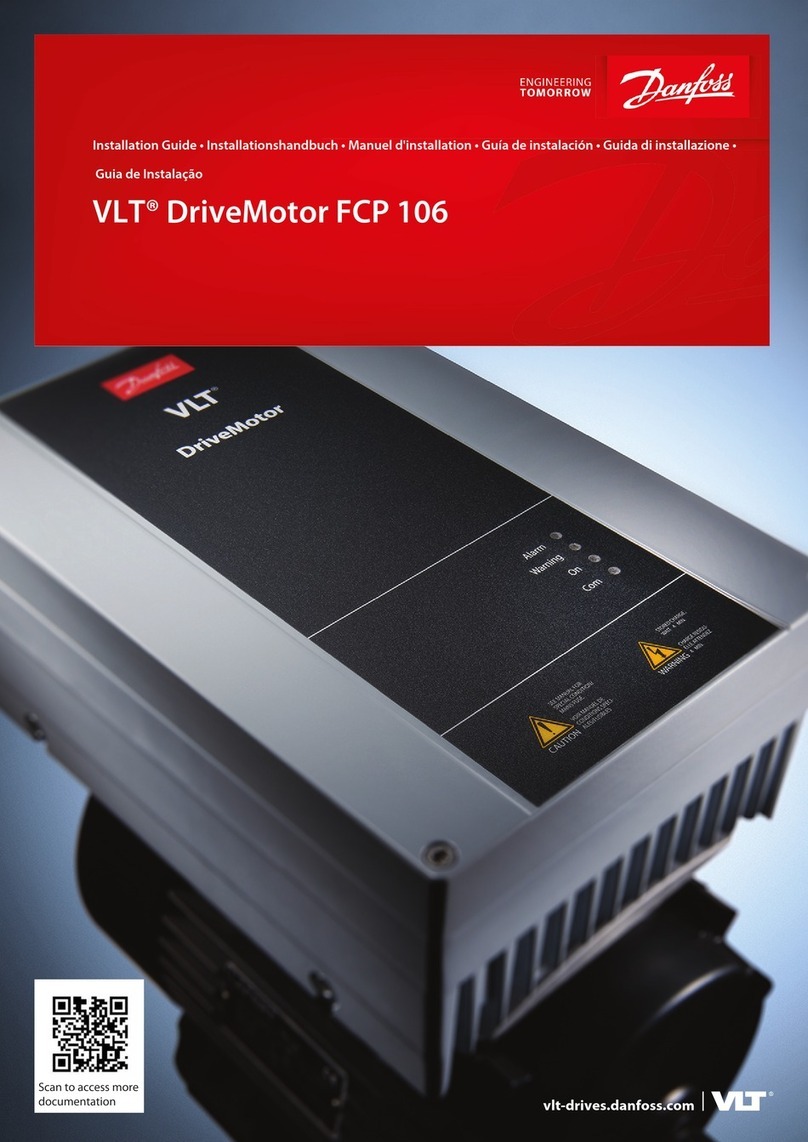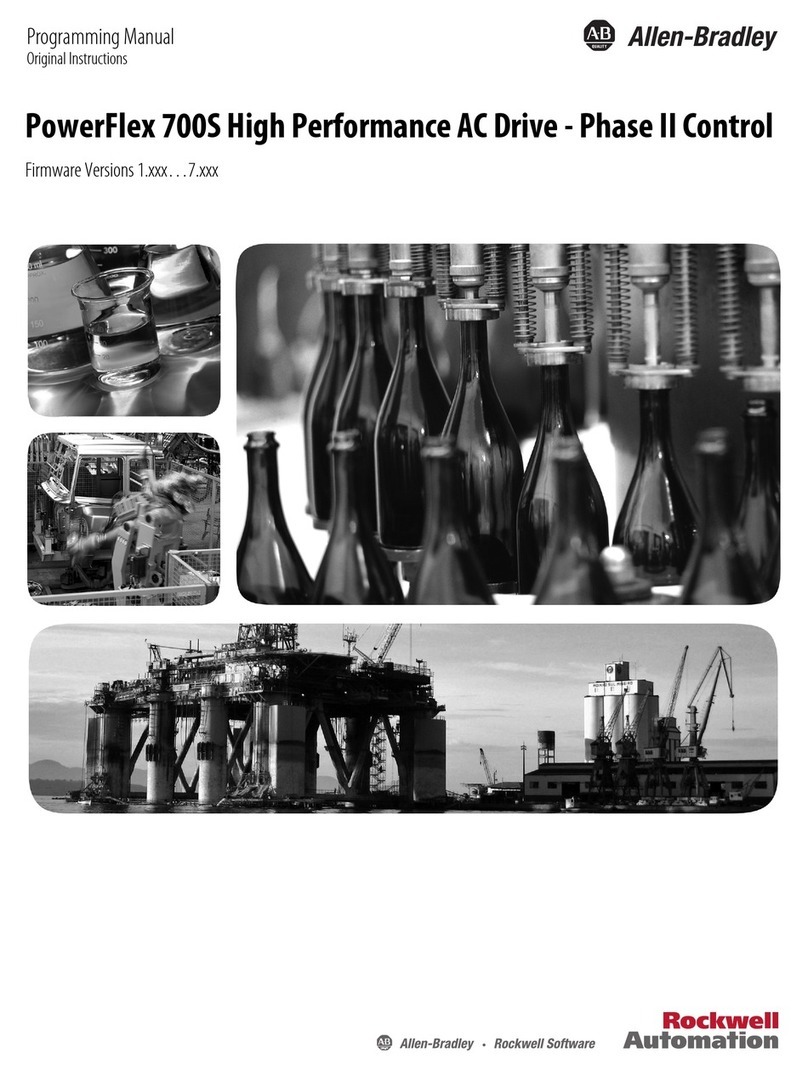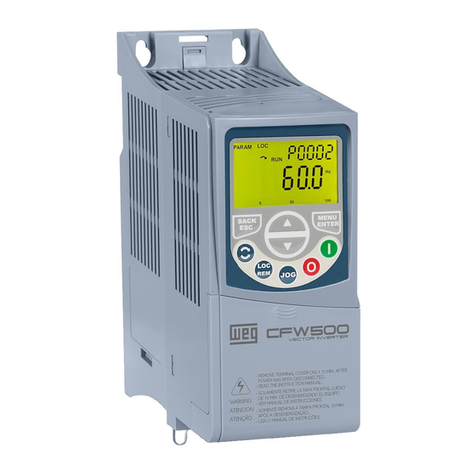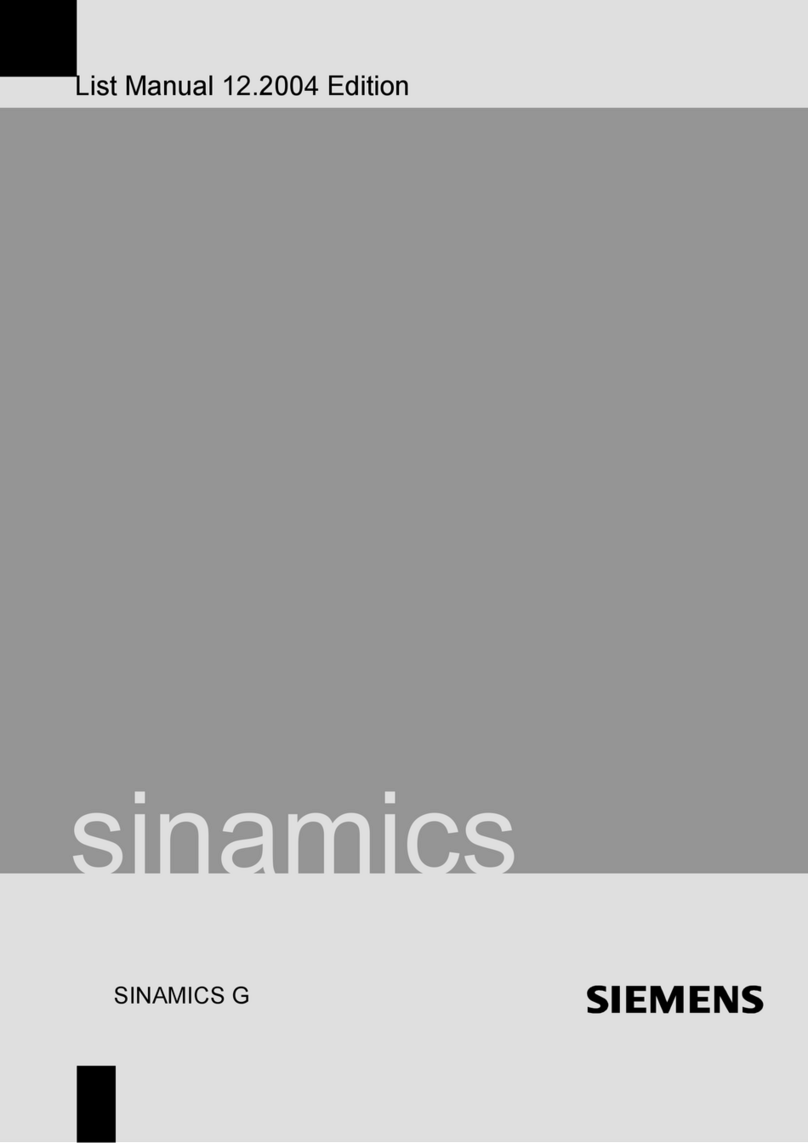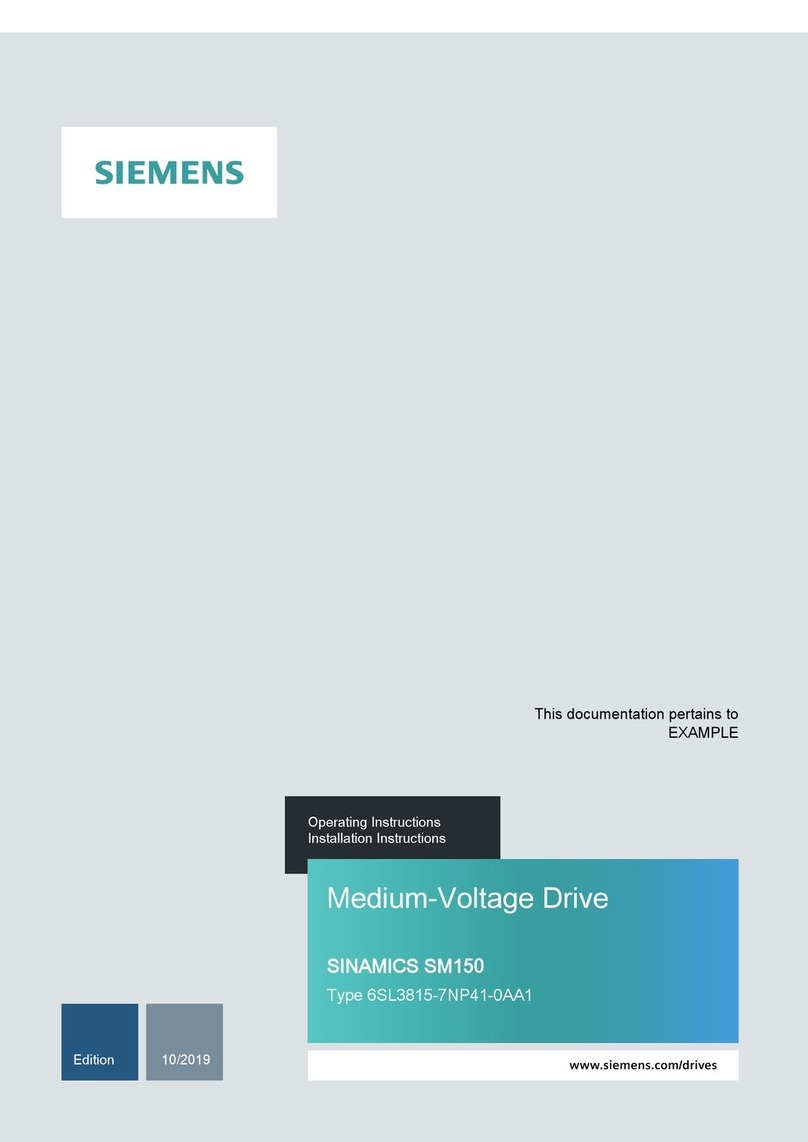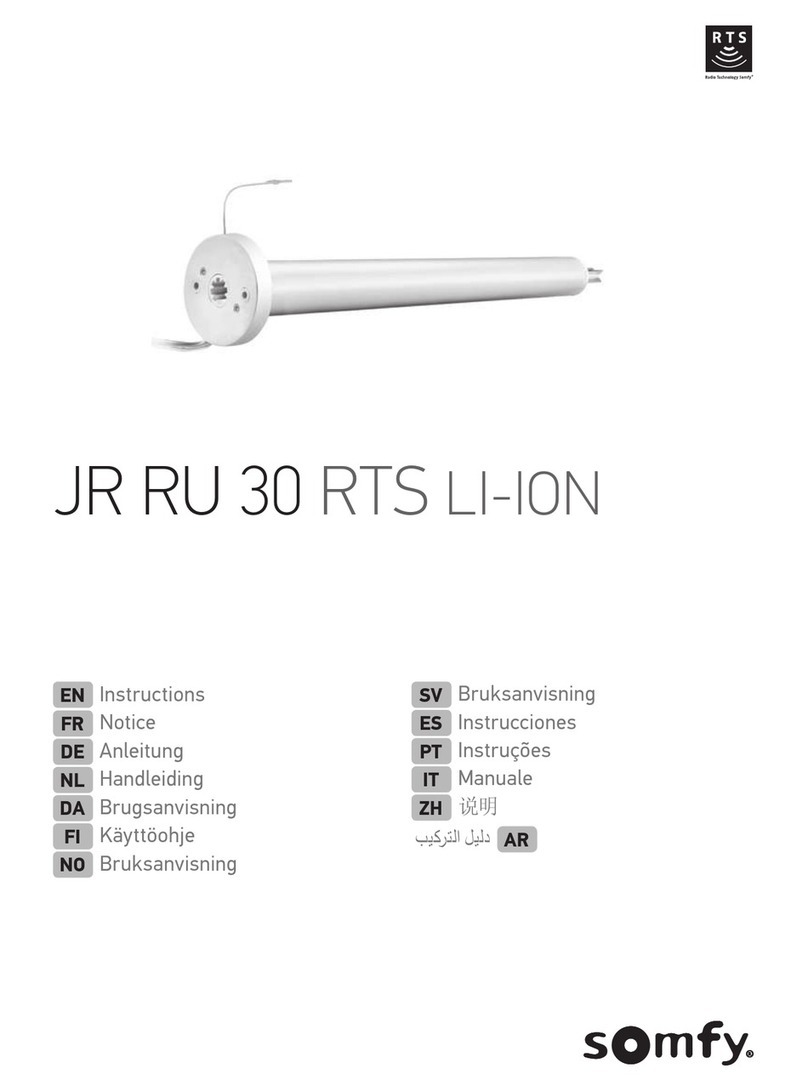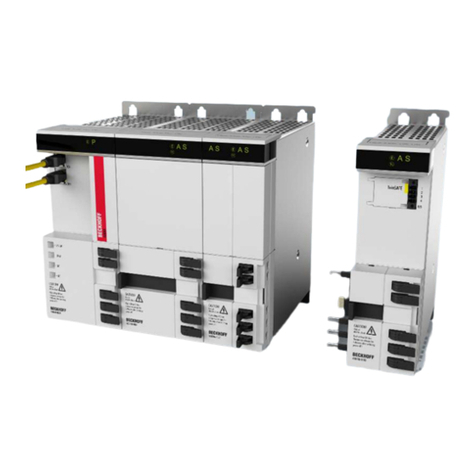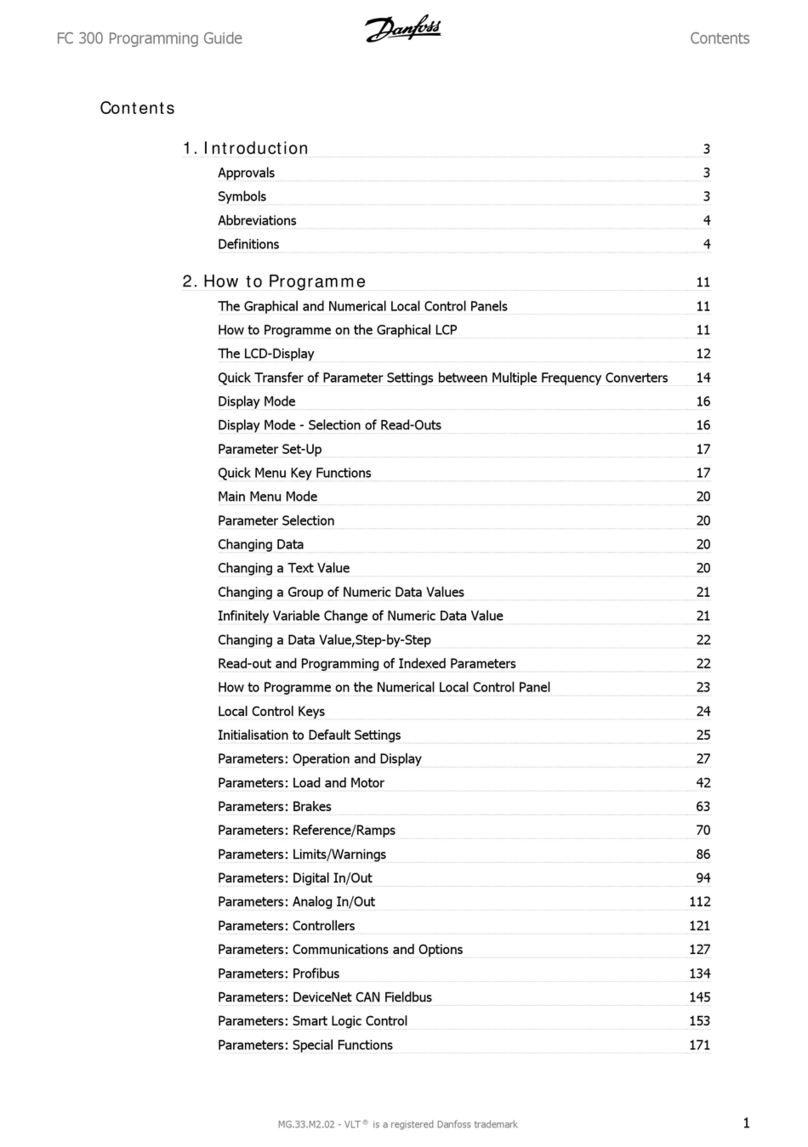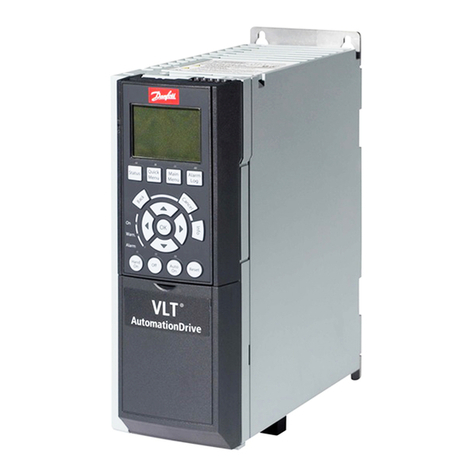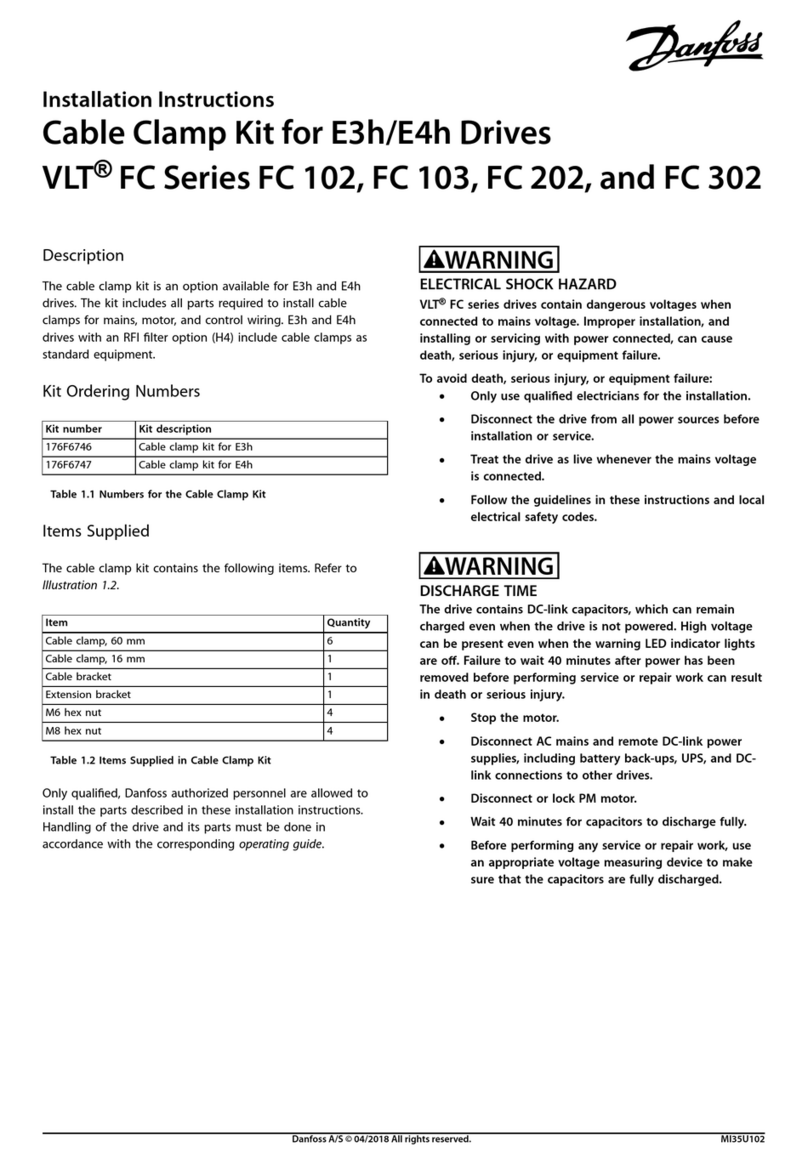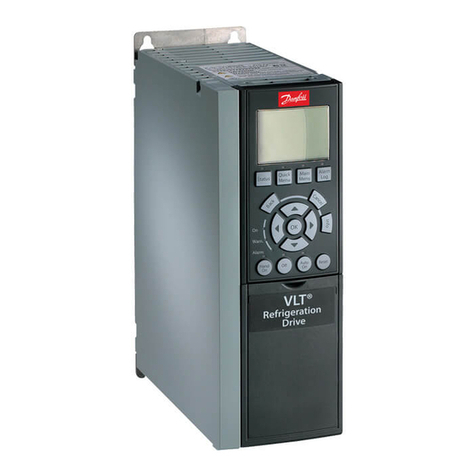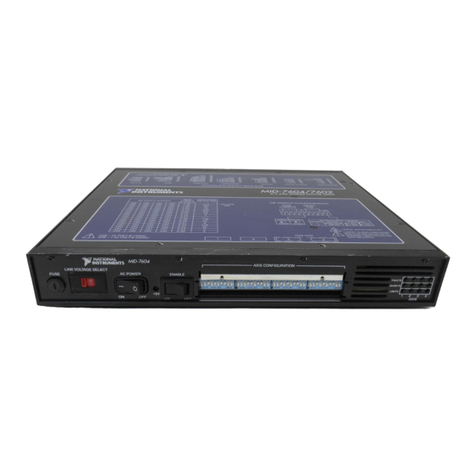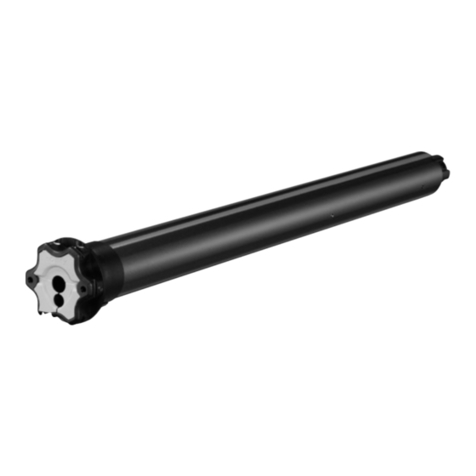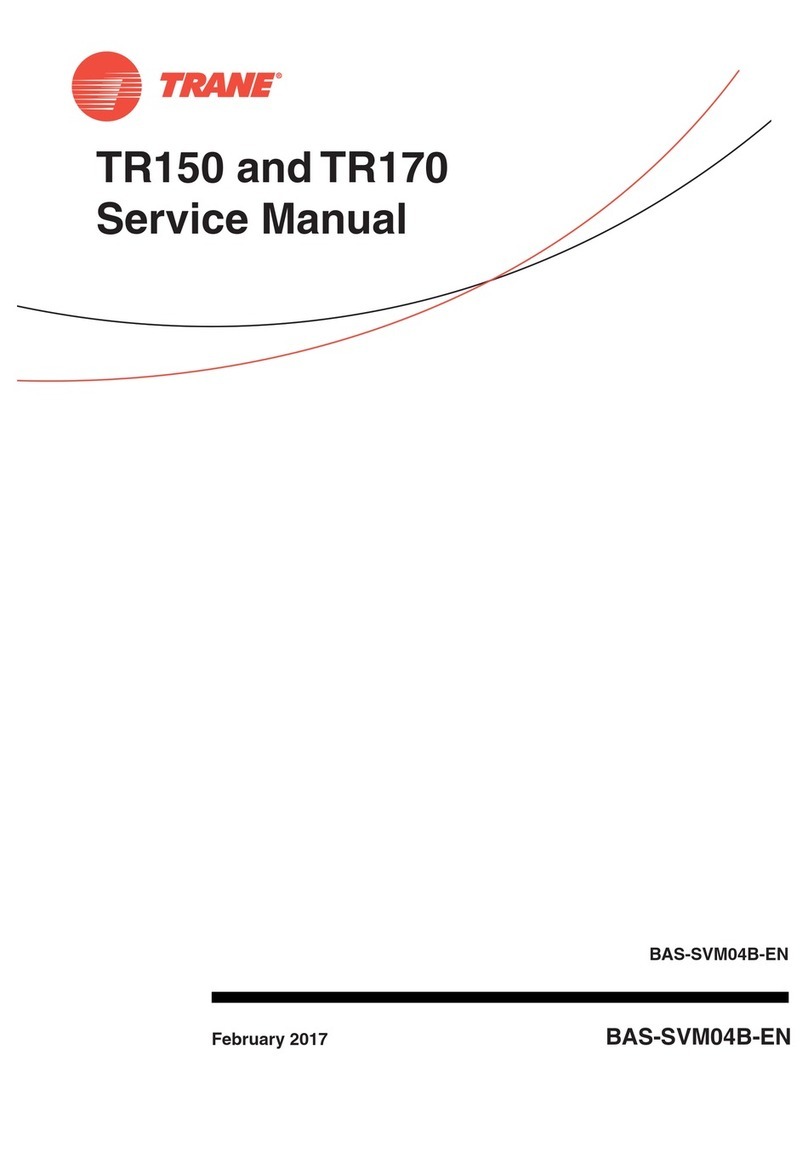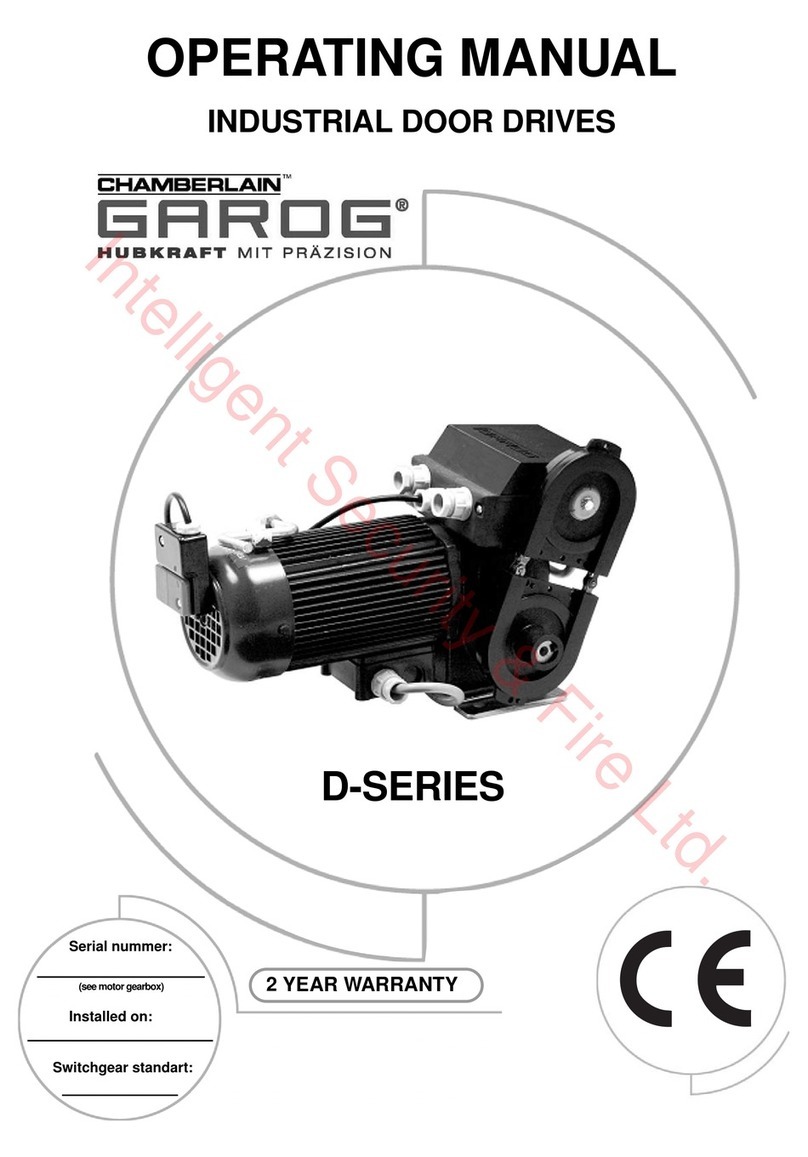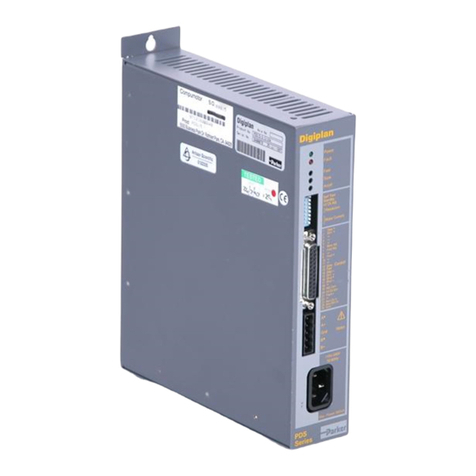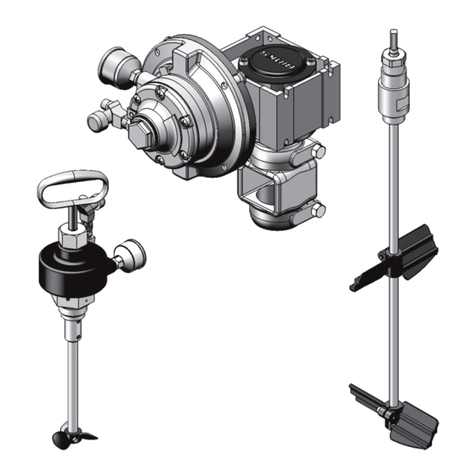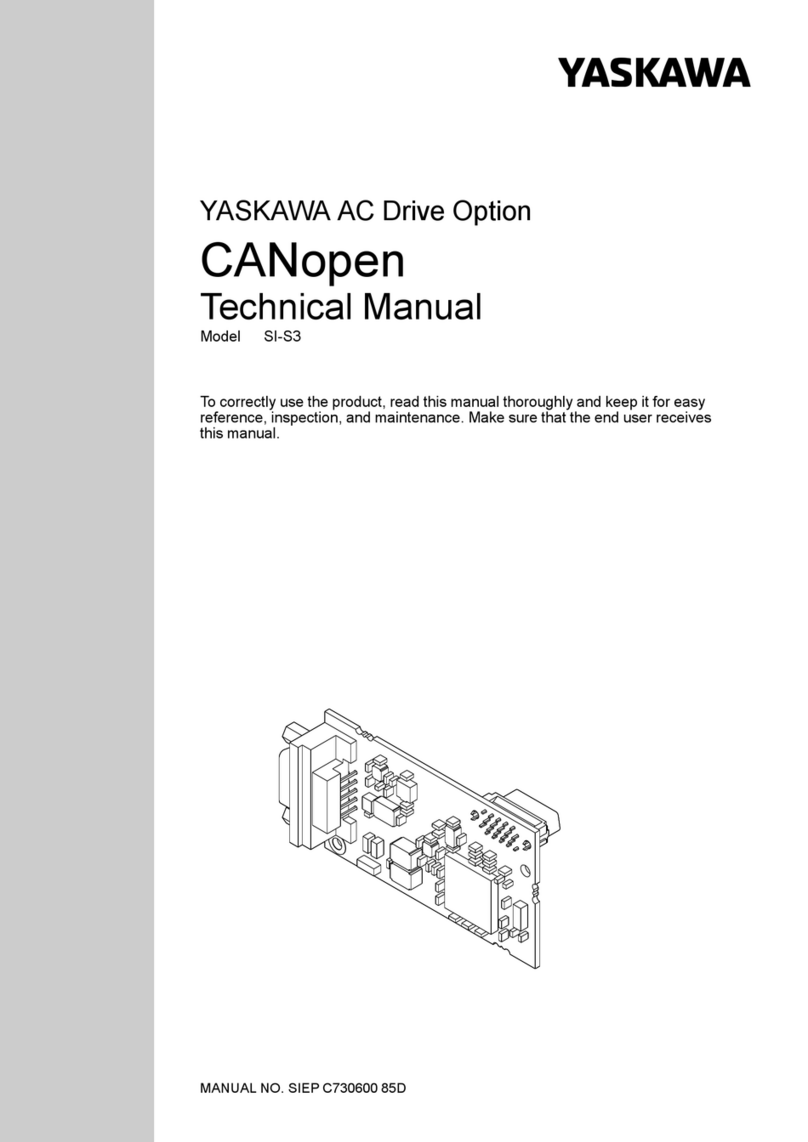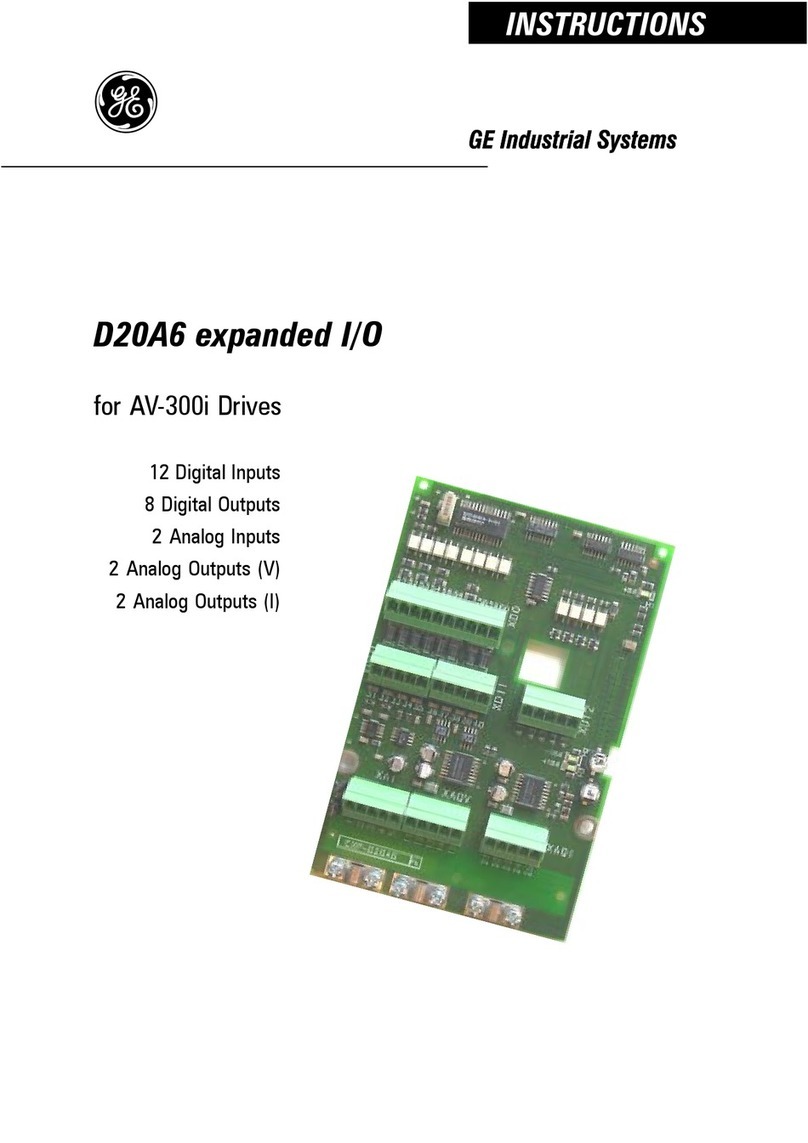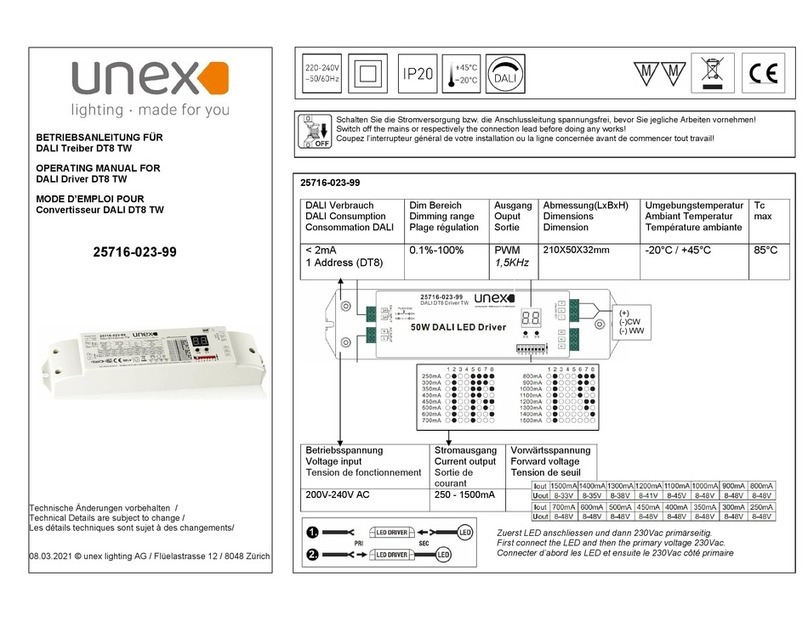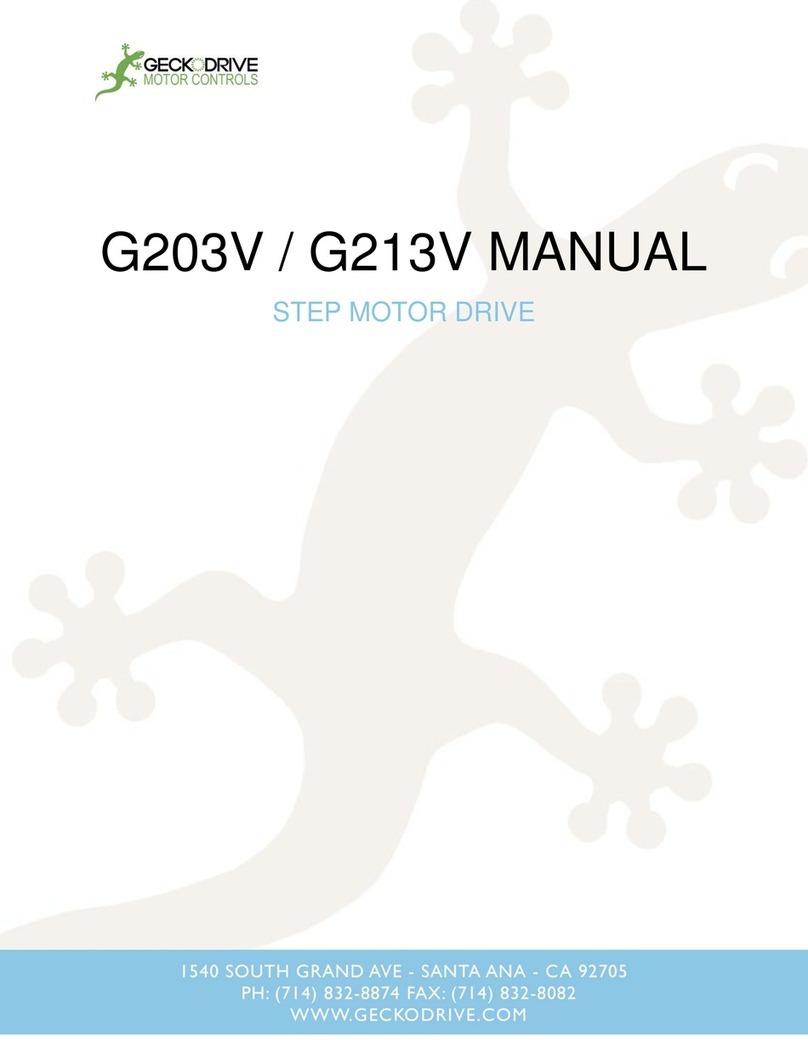
procedures for start up, basic operational programming,
and functional testing. The remaining chapters provide
supplementary details. These details include user interface,
detailed programming, application examples, start-up
troubleshooting, and specifications.
VLT®is a registered trademark.
1.3 Additional Resources
Other resources are available to understand advanced
frequency converter functions and programming.
•The VLT
®
Programming Guide provides greater
detail on working with parameters and many
application examples.
•The VLT
®
Design Guide is intended to provide
detailed capabilities and functionality to design
motor control systems.
•Supplemental publications and manuals are
available from Danfoss.
See www.danfoss.com/BusinessAreas/DrivesSo-
lutions/Documentations/VLT+Technical
+Documentation.htm for listings.
•Optional equipment is available that may change
some of the procedures described. Reference the
instructions supplied with those options for
specific requirements. Contact the local Danfoss
supplier or visit the Danfoss website:
www.danfoss.com/BusinessAreas/DrivesSolutions/
Documentations/VLT+Technical+Documen-
tation.htm, for downloads or additional
information.
1.4 Product Overview
A frequency converter is an electronic motor controller
that converts DC into a variable AC waveform output. The
frequency and voltage of the output are regulated to
control the motor speed or torque. The frequency
converter can vary the speed of the motor in response to
system feedback, such as position sensors on a conveyor
belt. The frequency converter can also regulate the motor
by responding to remote commands from external
controllers.
In addition, the frequency converter monitors the system
and motor status, issues warnings or alarms for fault
conditions, starts and stops the motor, optimizes energy
efficiency, and offers many more control, monitoring, and
efficiency functions. Operation and monitoring functions
are available as status indications to an outside control
system or serial communication network.
1.5 Internal Controller Functions
Illustration 1.4 is a block diagram of the frequency
converter's internal components. See Table 1.3 for their
functions.
Illustration 1.4 Frequency Converter Block Diagram
Area Title Functions
1 Mains input
•Three-phase AC mains power
supply to the frequency
converter
2 Rectifier
•The rectifier bridge converts
the AC input to DC current to
supply inverter power
3 DC bus •Intermediate DC-bus circuit
handles the DC current
4 DC reactors
•Filter the intermediate DC
circuit voltage
•Prove line transient protection
•Reduce RMS current
•Raise the power factor
reflected back to the line
•Reduce harmonics on the AC
input
5 Capacitor bank
•Stores the DC power
•Provides ride-through
protection for short power
losses
6 Inverter
•Converts the DC into a
controlled PWM AC waveform
for a controlled variable
output to the motor
7 Output to motor •Regulated three-phase output
power to the motor
Introduction Operating Instructions
6 Danfoss A/S © Rev. 2014-02-20 All rights reserved. MG34U302
1
1
